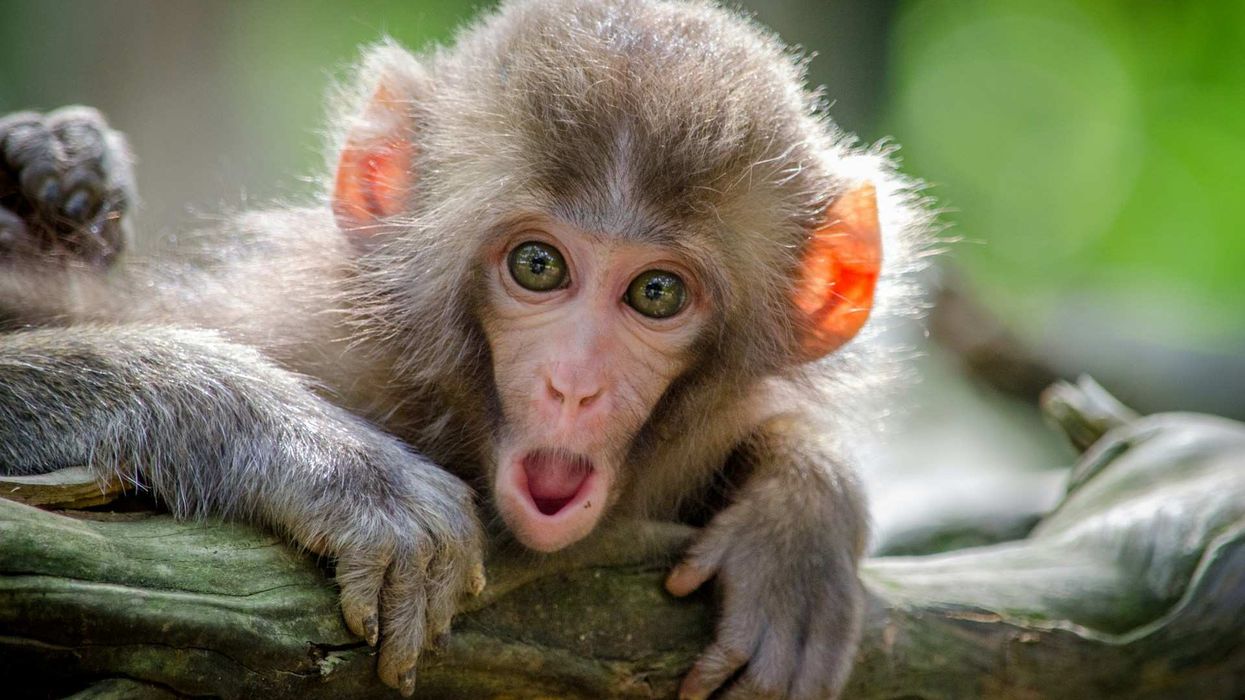The die-off was horrendous, and it was public.
A camera crew from BBC’s Planet Earth II were on hand, poised to capture what should have been a very successful calving of the saiga antelope, and research teams from several universities were there to estimate numbers and observe any trends. What they observed instead was the near-annihilation of the species: more than 200,000 dead antelope littered the plains.
As other sources have noted, saiga look like Dr. Seuss creatures with their bulbous, active snouts and their large, liquid eyes. They live on the arid steppes of central Asia, in a range that stretched from Romania to China just 200 years ago. Now their range has shrunk to just three isolated populations in Kazakhstan and Uzbekistan, Russia and Mongolia. The 2015 die-off killed 90% of the Kazakh saiga, or about 60% of the total saiga.
Saiga evolved to thrive in harsh and unpredictable living conditions. Their bulging sinuses and large nostrils help filter out the steppes dust, and warm and moisturize the dry air in winter. Females can rebuild populations rapidly. Typically, a female saiga will give birth to her first calf when she is a year old, and in most subsequent years she produces twins. Infant saiga are ready to run just a few hours after birth. These adaptations helped the species recover from significant blows in the past.
During the wild and lawless decade following the Soviet Union’s collapse, poachers hunted saiga to near extinction for both their meat and the males’ horns. But conservation agreements begun in the early 2000s—coupled with female saiga’s reproduction schedule—helped the saiga quadruple their population by 2015.
Saiga gather together during calving season to help protect themselves against their predators—mainly wolves—and to provide the mothers ample fresh grass as they begin nursing. The grasses were especially abundant in 2015, and the Planet Earth II crew anticipated a new high number of Saiga births.
Researchers from organizations worldwide, led by the Royal Veterinary College, assisted the effort to determine the cause of the die-off. It wasn’t an infectious disease; too many saiga had died, and no known pathogen has 100% mortality rates in less than three weeks. Scientists also ruled out environmental toxins—none were present in the flora or groundwater where the die-off occurred.
After 18 months of investigation, the cause of the 2015 mass die-off was determined to be a combination of a normally-harmless microbe, Pasteurella multocida. This microbe is present in virtually all saiga’s respiratory tracts, but it had somehow migrated to the animals’ blood, then caused massive internal bleeding to a number of organs.
After eliminating dozens of reasons that could have caused Pasteurella multocida to transform into a deadly bacterial infection, Royal Veterinary College team finally landed on the weather at the time of the die-off. The typically arid steppe was exceptionally warm and humid during this calving. More humid, in fact, than at any other time since record-keeping began. The team determined Pasteurella tends to become more infectious and robust in warm, humid conditions. This accounts for both the geographical spread of the die-off as well as the high mortality rate.
And what caused the unusual weather in Kazakhstan in 2015? The usual culprit: Climate change. While we usually think of weather disasters when it comes to a changing climate—rising sea levels, fiercer storms, droughts, wildfires—what happened to the saiga is an example of the unforeseeable consequences of climate changes on a global scale.








 Replying to @StefanMolyneux/X
Replying to @StefanMolyneux/X Replying to @StefanMolyneux/X
Replying to @StefanMolyneux/X Replying to @StefanMolyneux/X
Replying to @StefanMolyneux/X Replying to @StefanMolyneux/X
Replying to @StefanMolyneux/X








 Playing Happy Children GIF by MOODMAN
Playing Happy Children GIF by MOODMAN  May The Fourth Be With You
May The Fourth Be With You 
 Nhh GIF by New Harmony High School
Nhh GIF by New Harmony High School